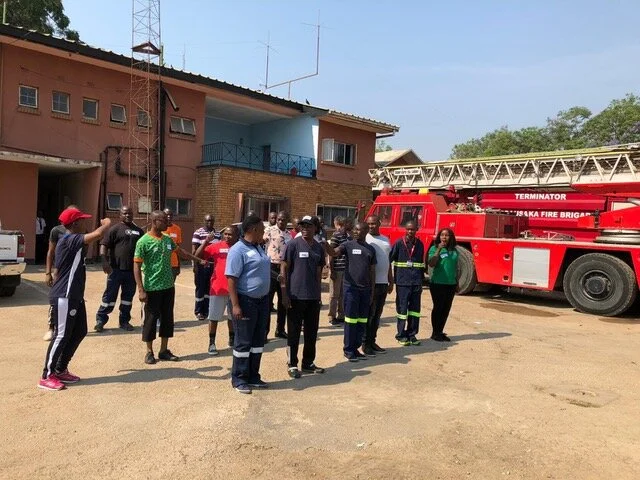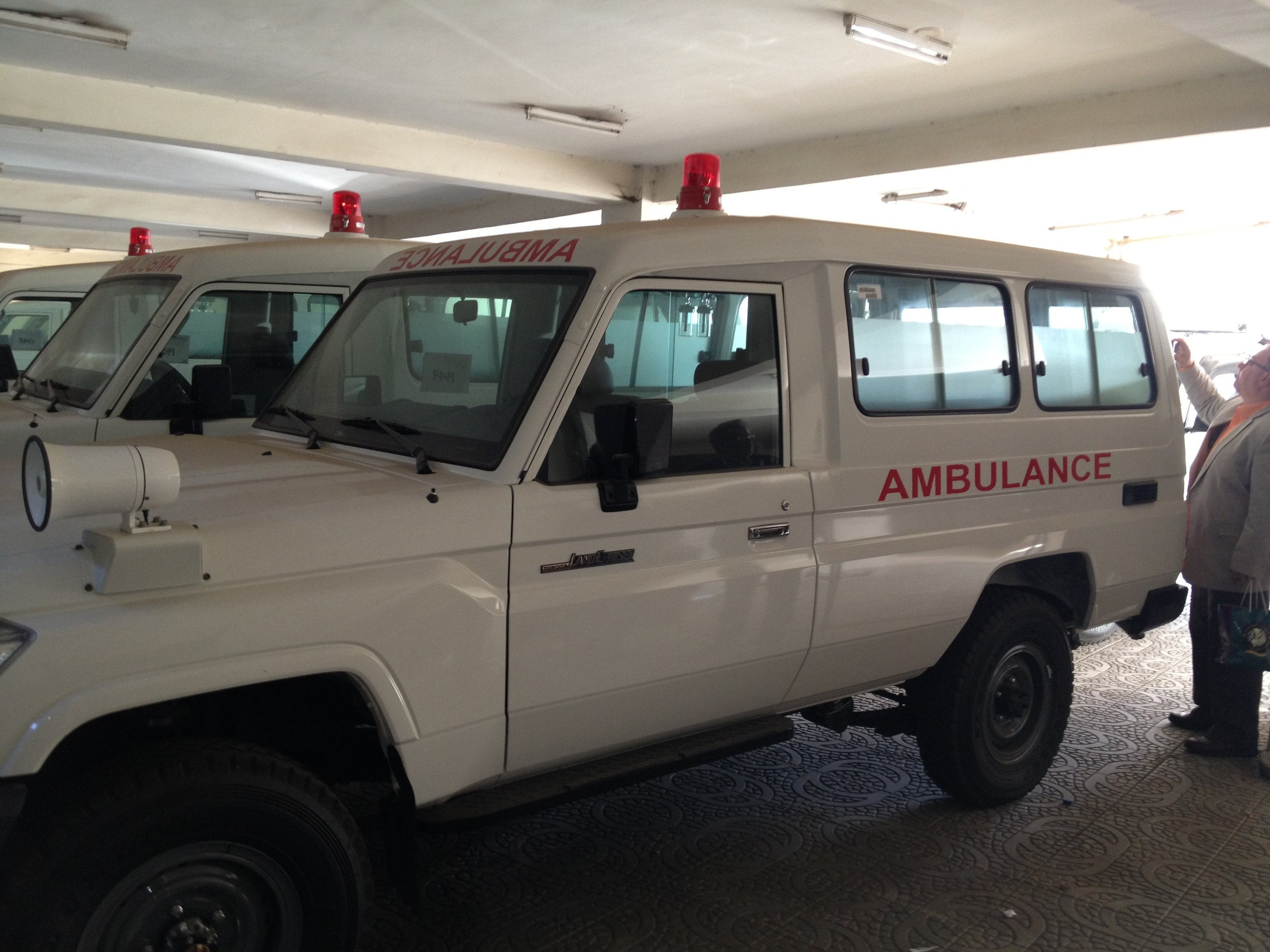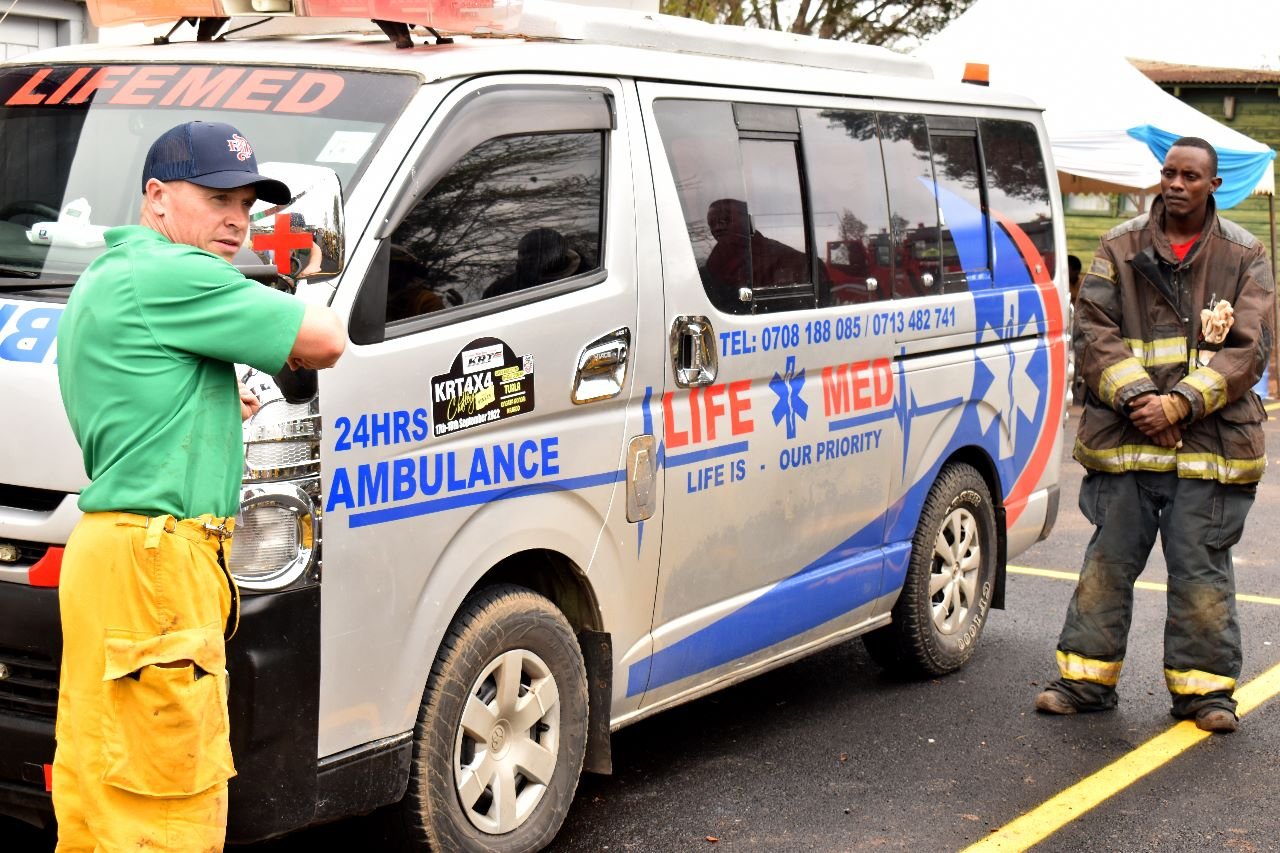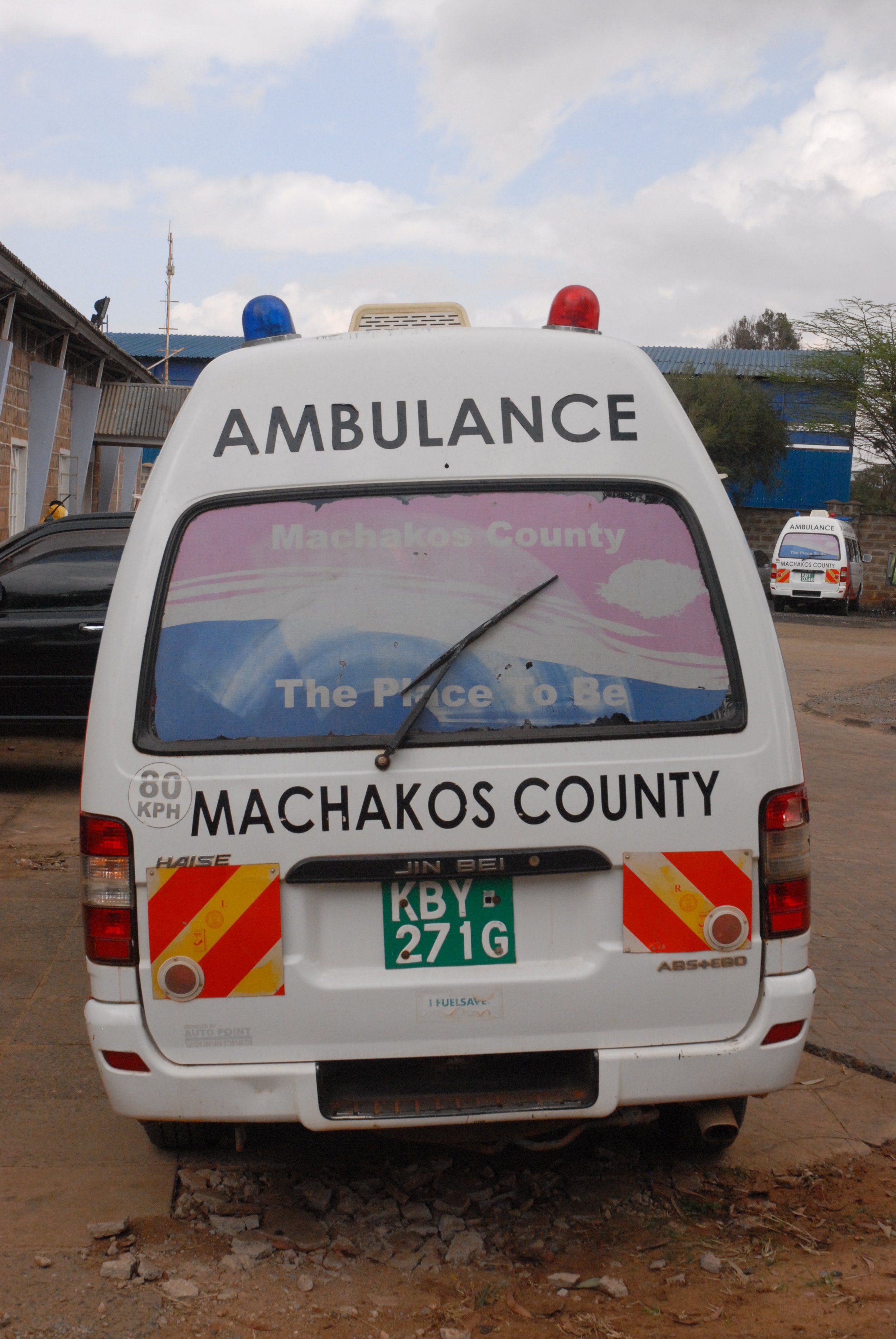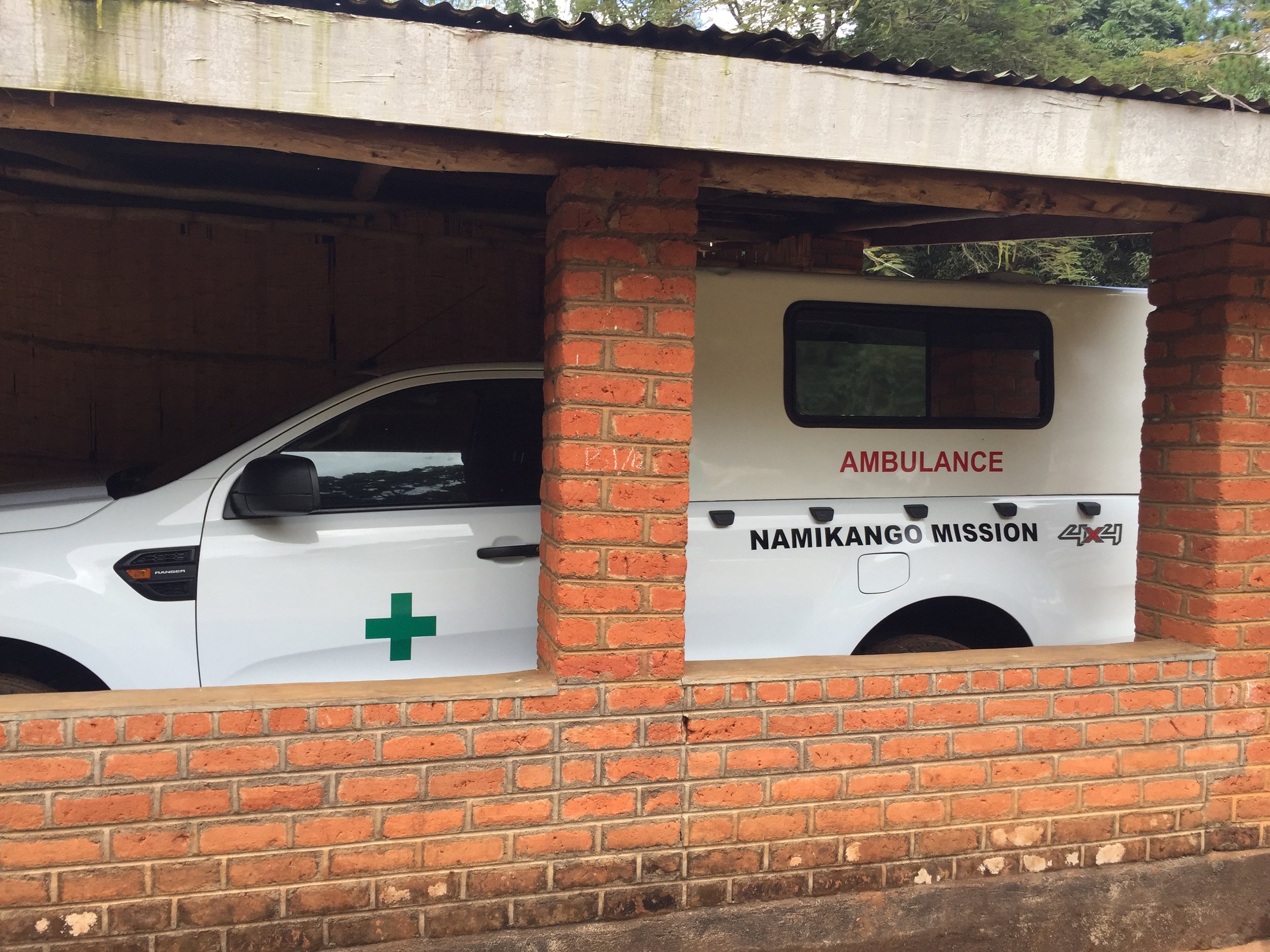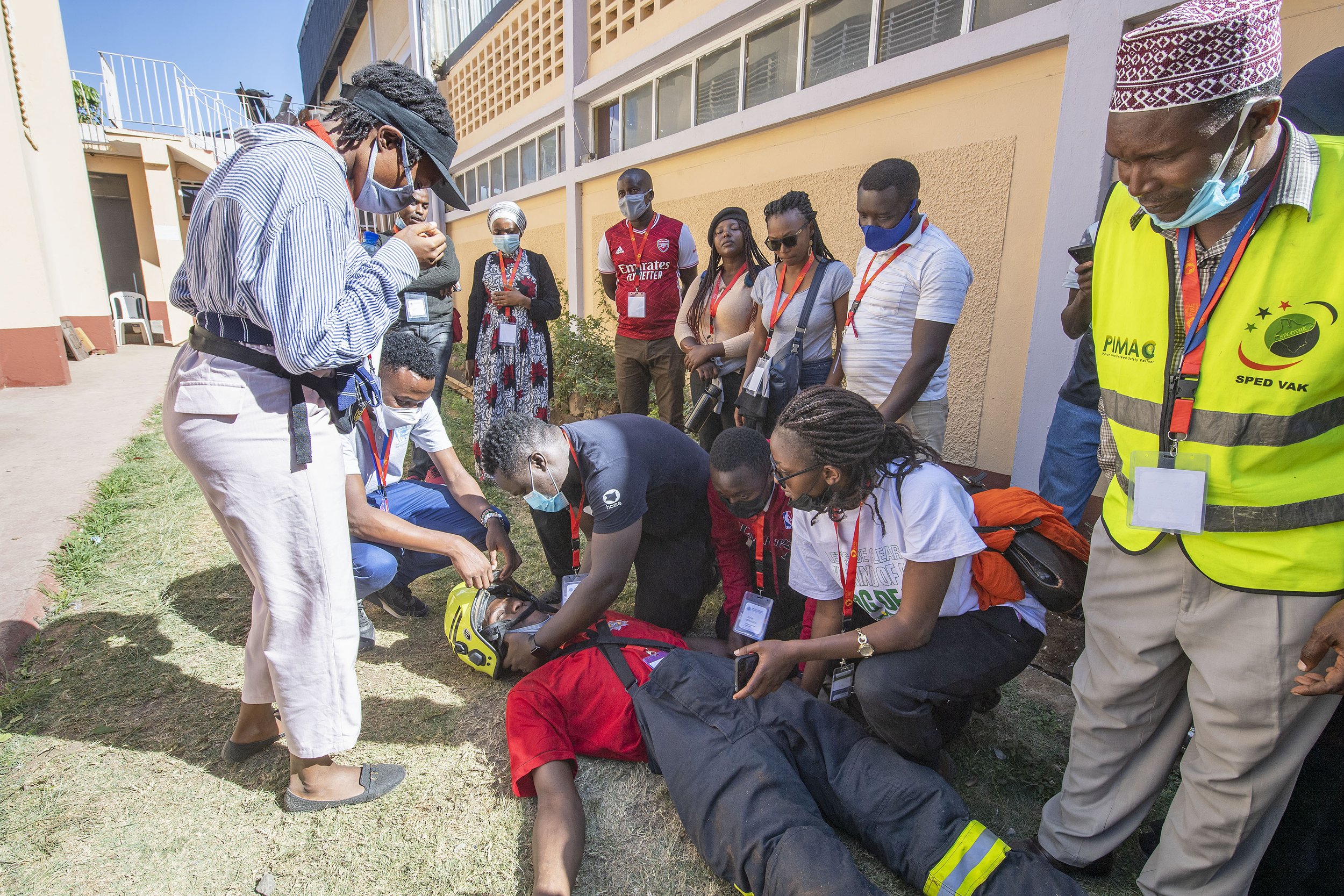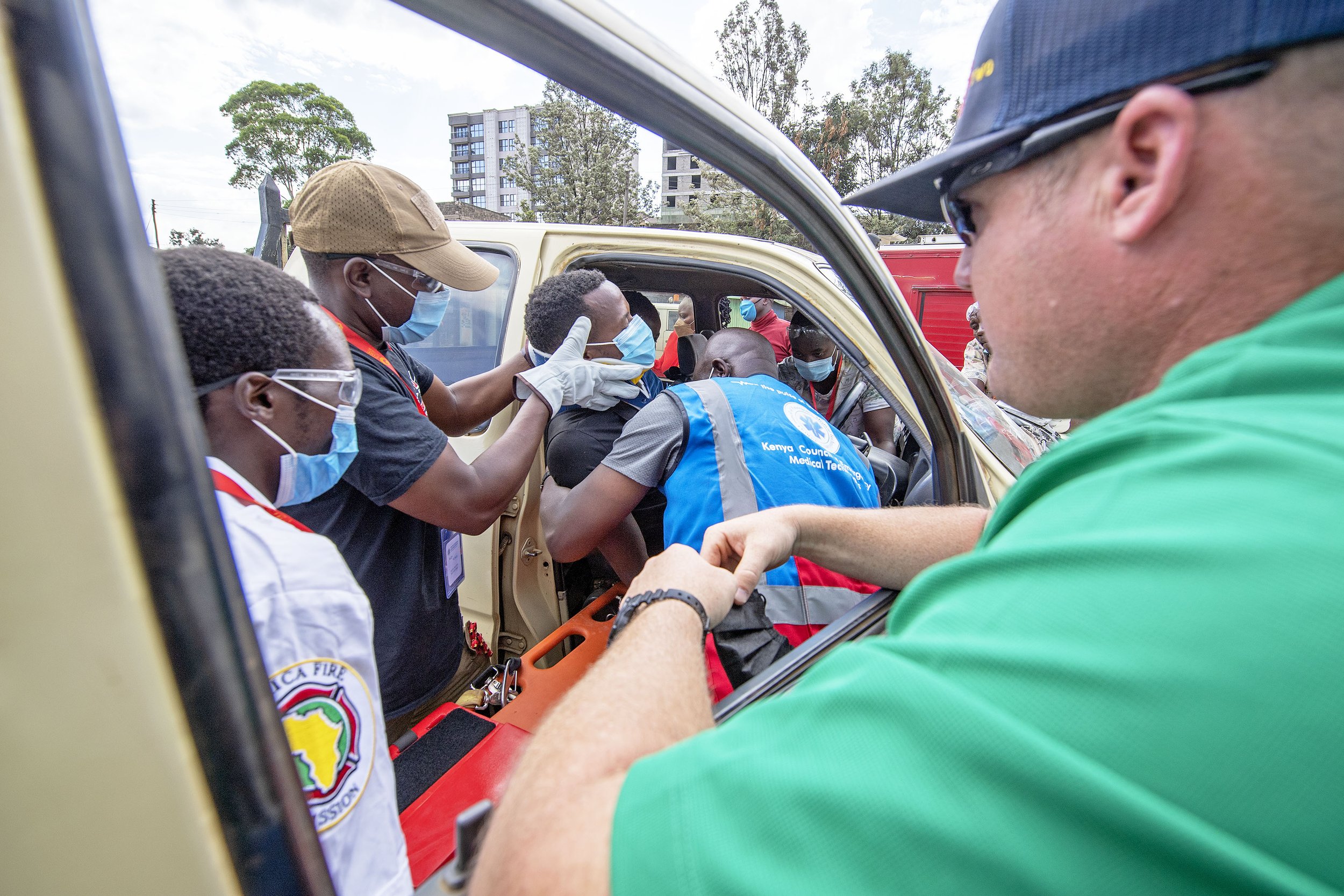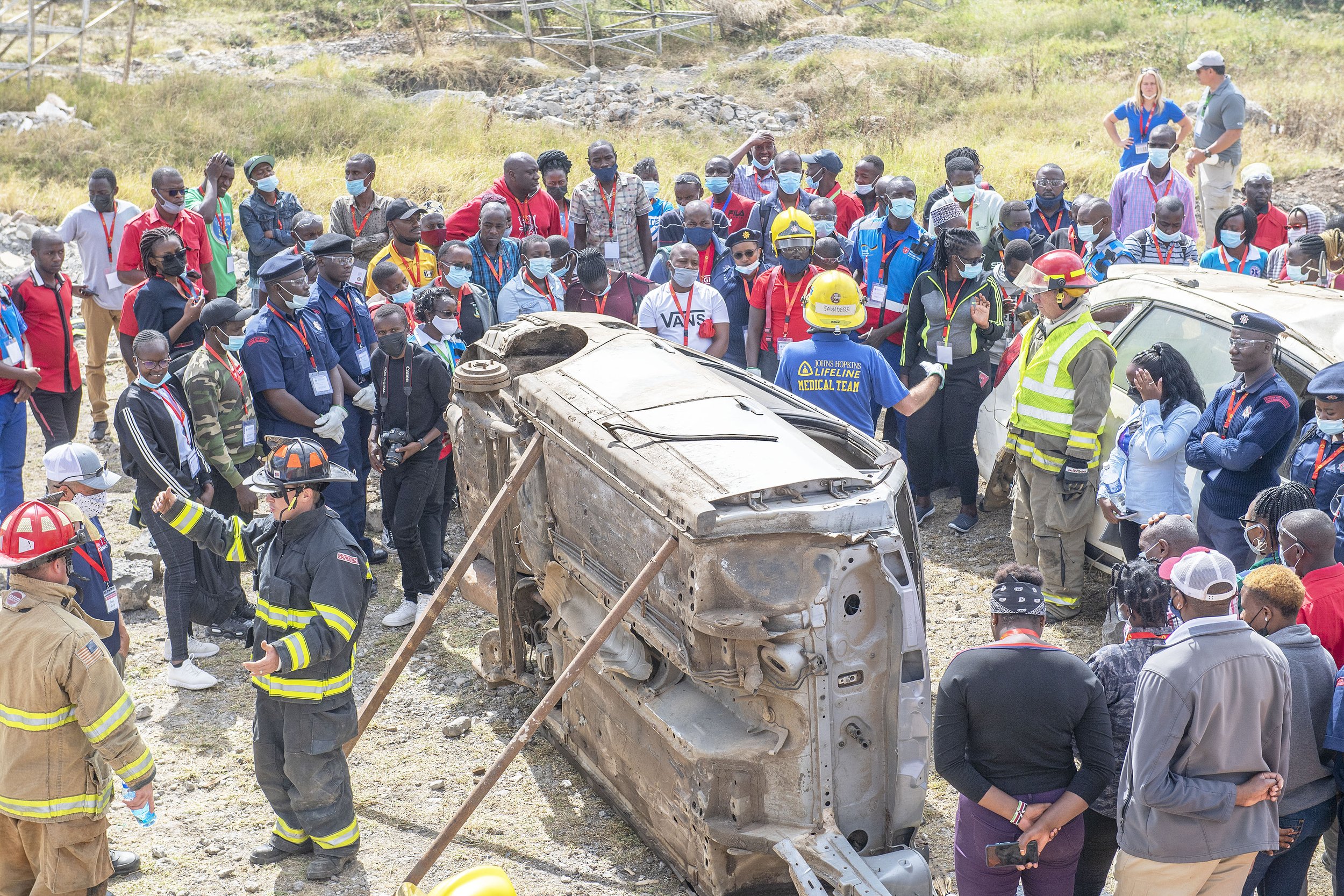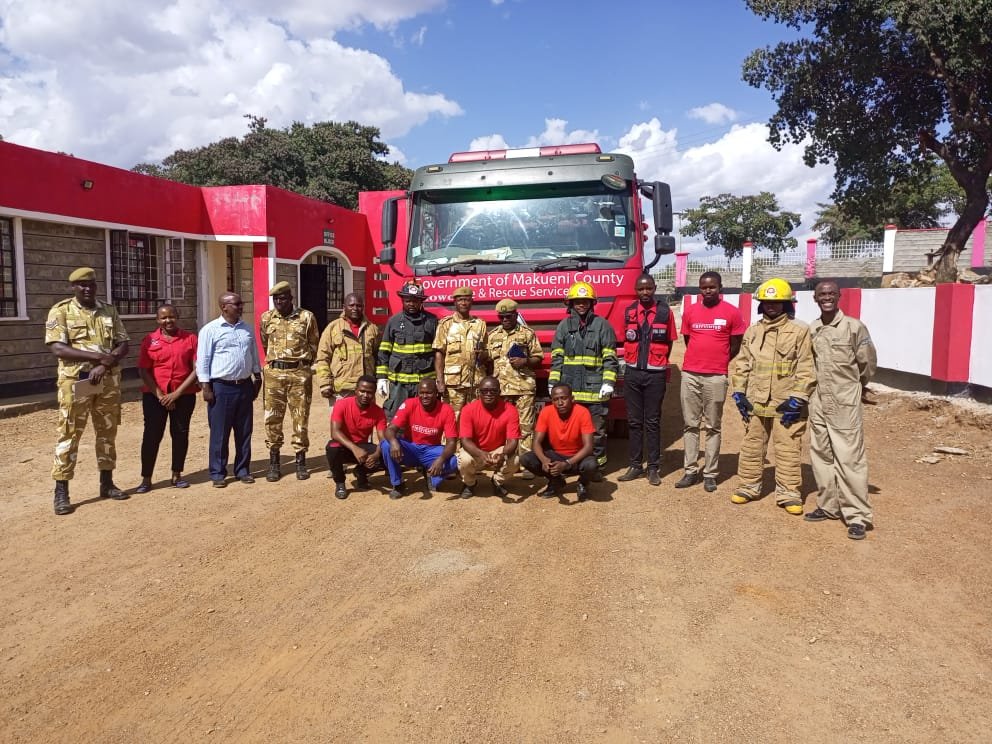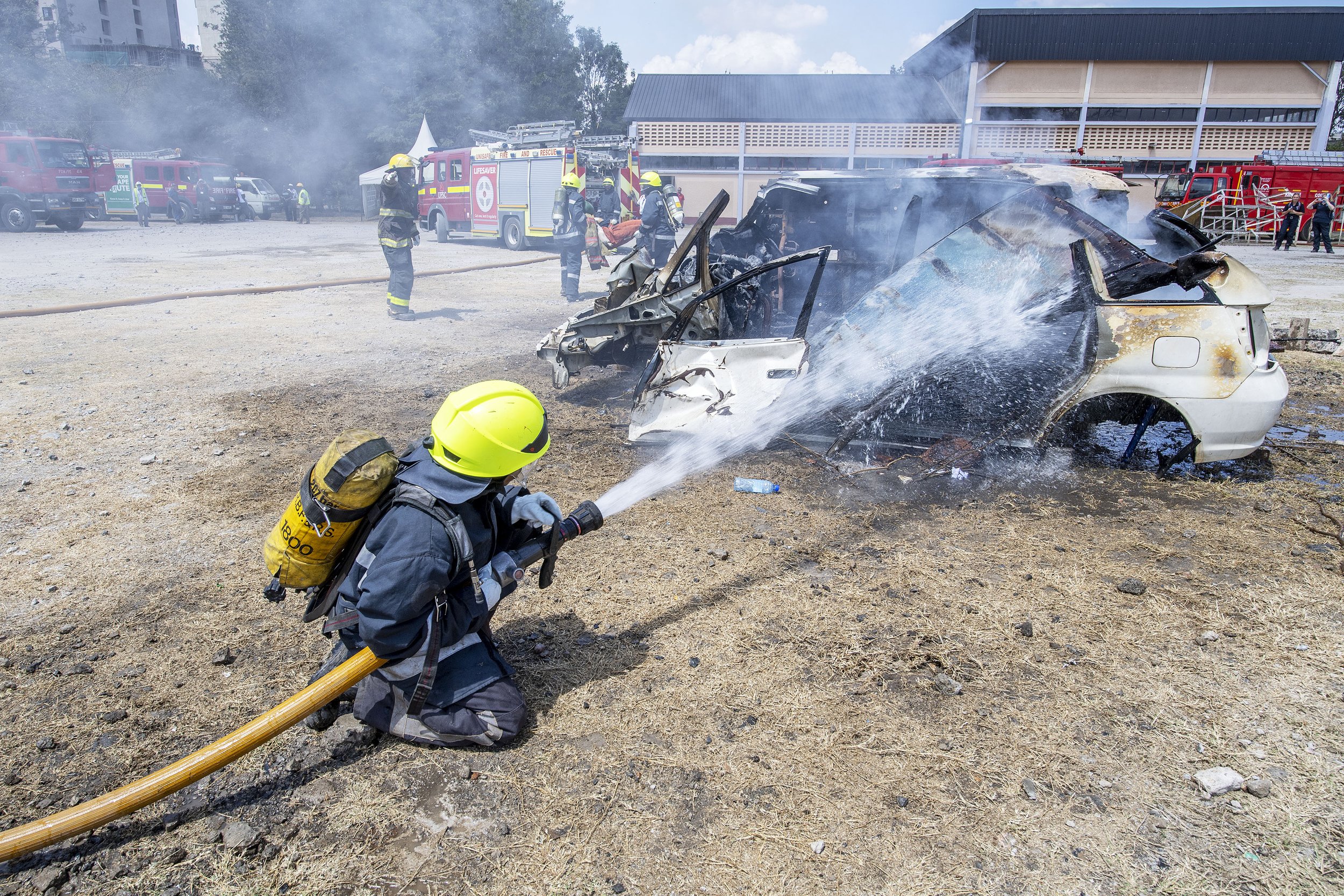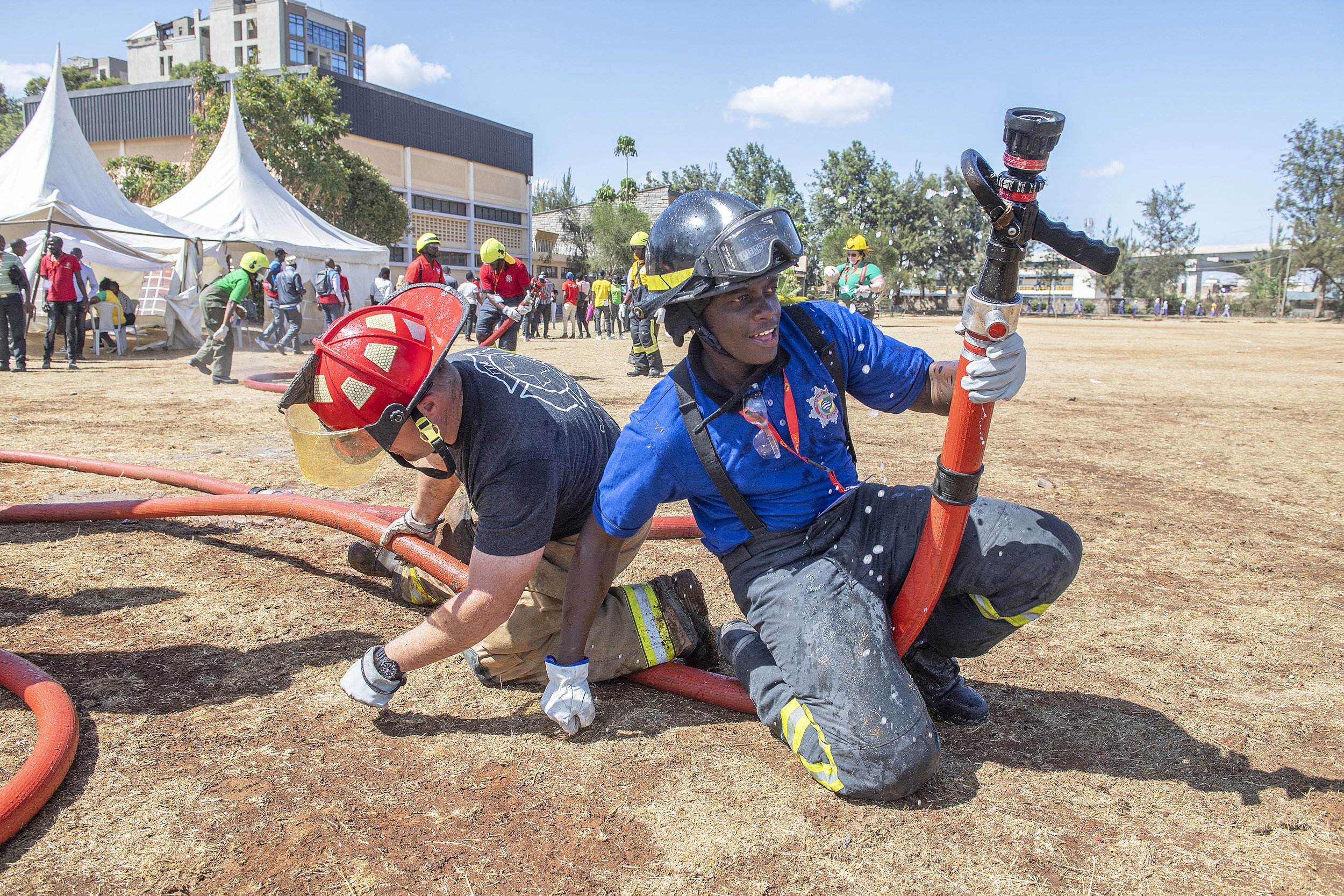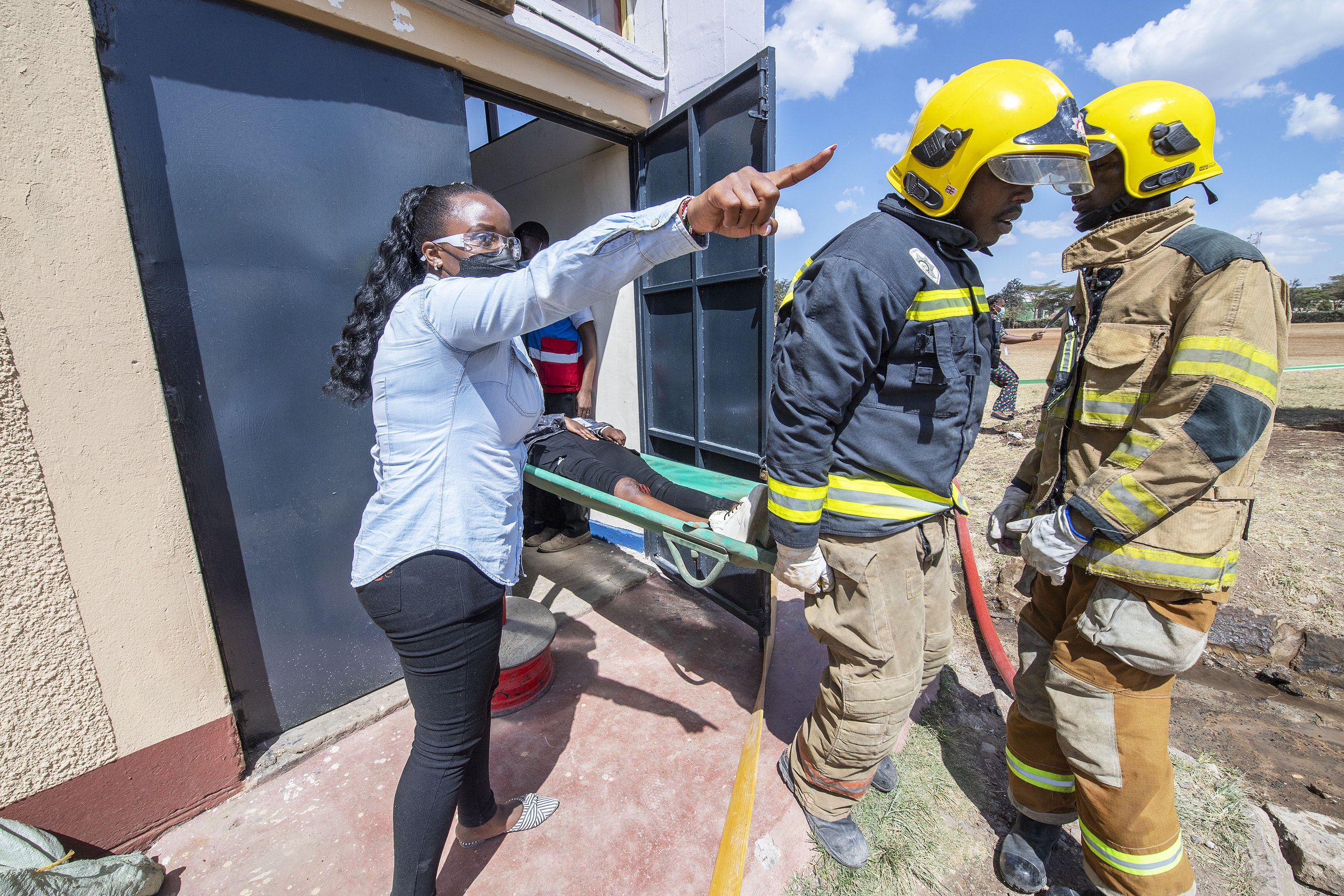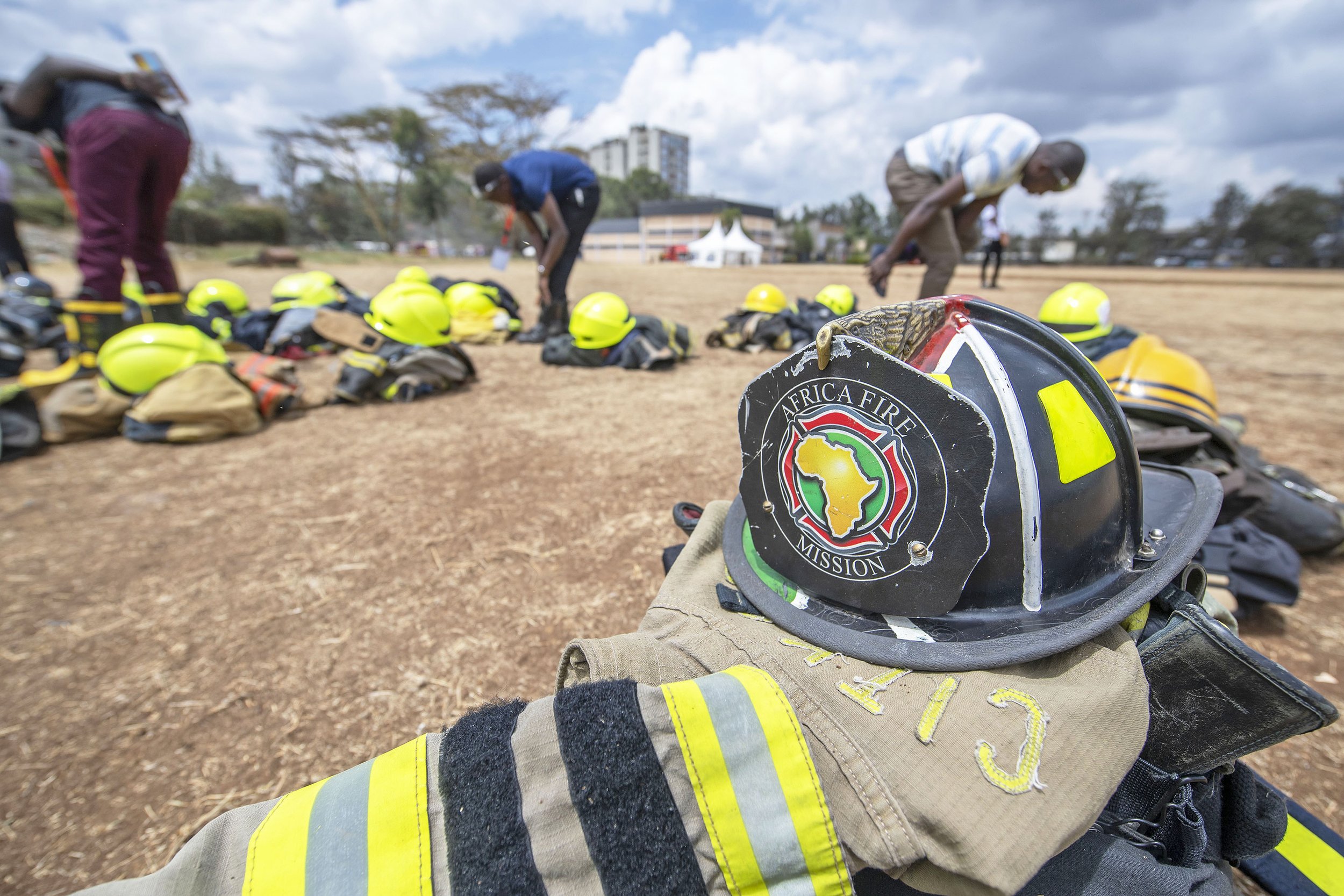Why should fire trucks and ambulances always show up for a medical emergency?
By Kelvin from Swift Emergencies Response Unit - Kenya
When a call comes in at the call center, dispatchers often are not given precise or complete information. As such, units are dispatched on a worst-case scenario. To ensure the highest level of care, the closest fire engine station is dispatched and EMS sends an ambulance (staffed with two paramedics and/or EMT's).
No medical call is “routine.” Most require assessing the patient, obtaining their vital signs, providing oxygen therapy, and moving them, at a minimum. EMS may also need to place an advanced airway, administer drugs intravenously, or monitor cardiac conditions. All of these procedures are completed more efficiently when the appropriate amount of help is on scene. Efficient care is our goal, and efficient care often is the difference between life and death.
Unfortunately, units have no way of knowing what they will encounter on a call until they arrive. They work in a “what if” and “all risk” business. Responding to the unknown is public safety. The public can help by calling emergency numbers quickly when there is an emergency and providing details of the emergency. Emergency hotlines are your instant go-to when the need arises. It is important that you know the numbers to call to get assistance and keep a copy with you.

